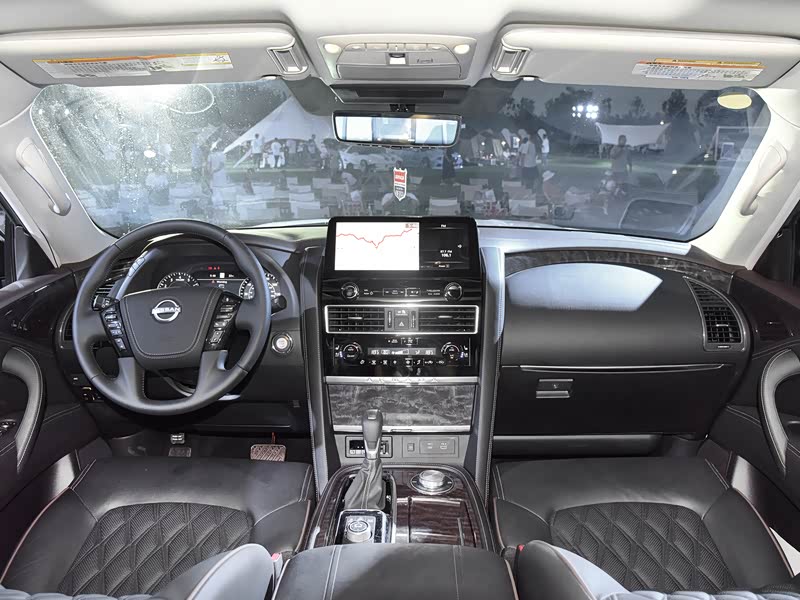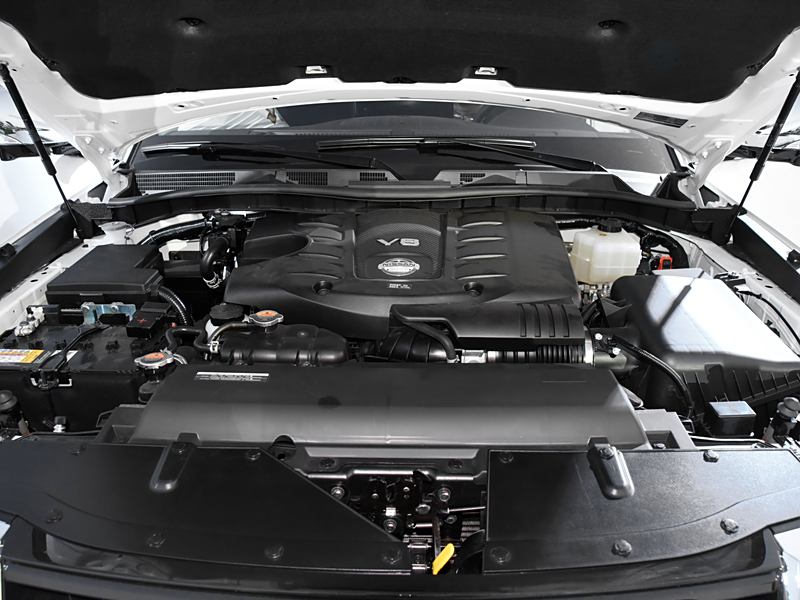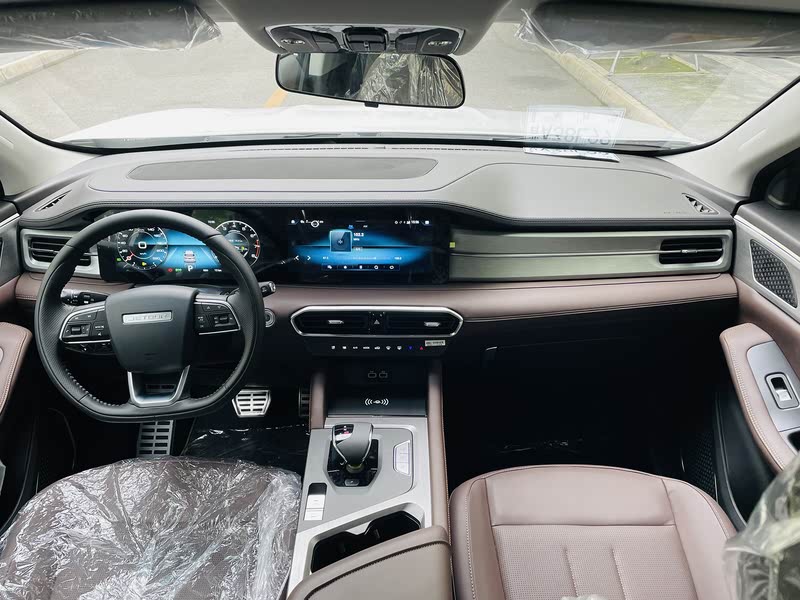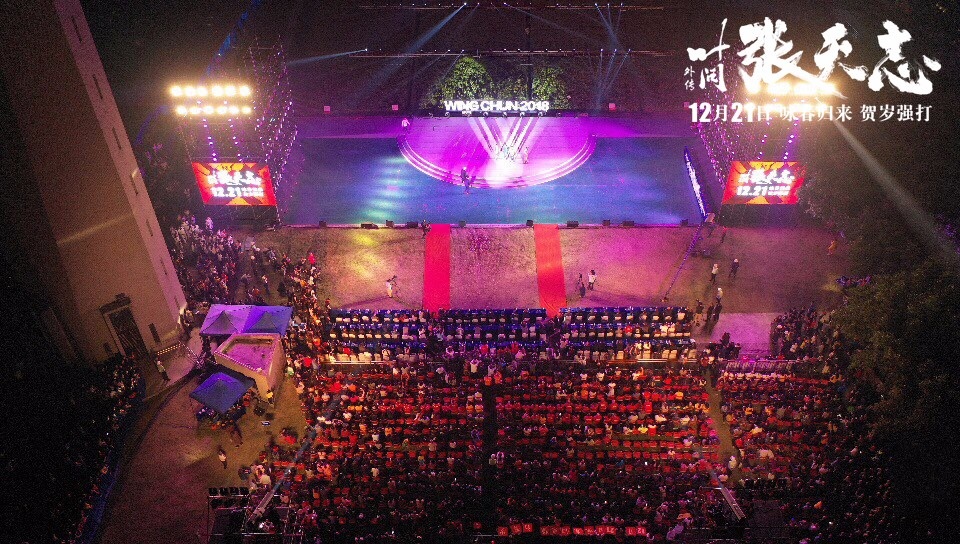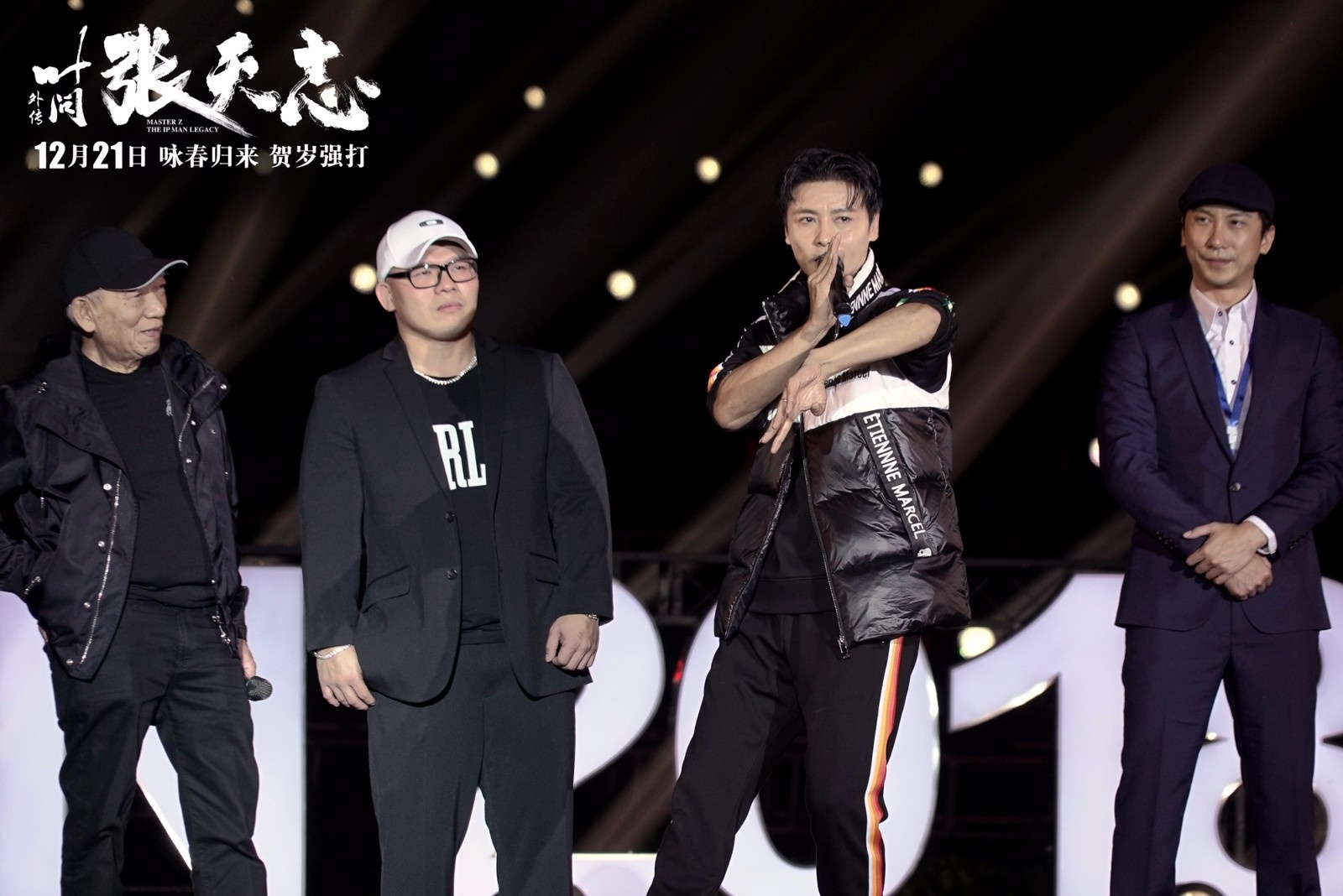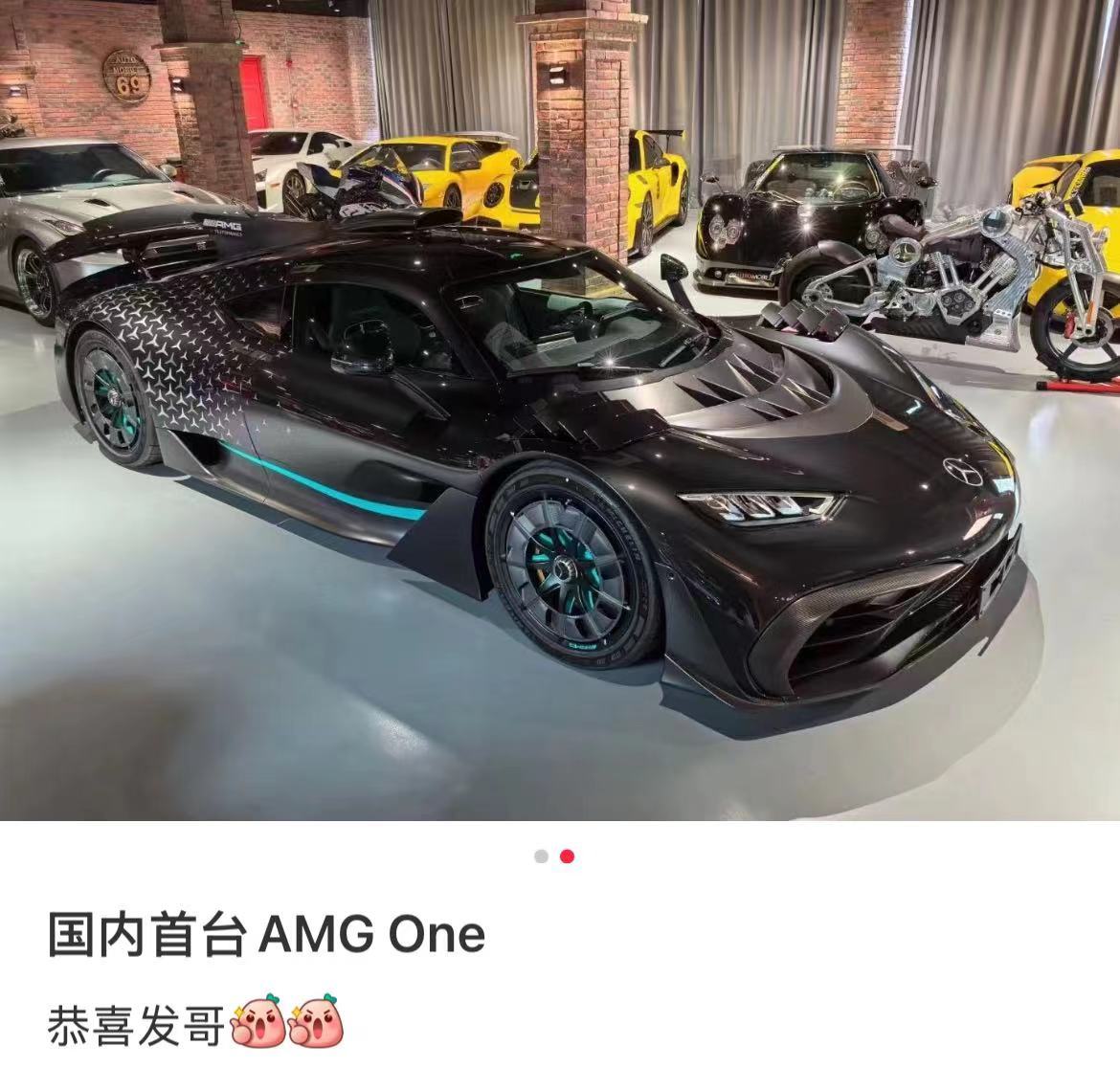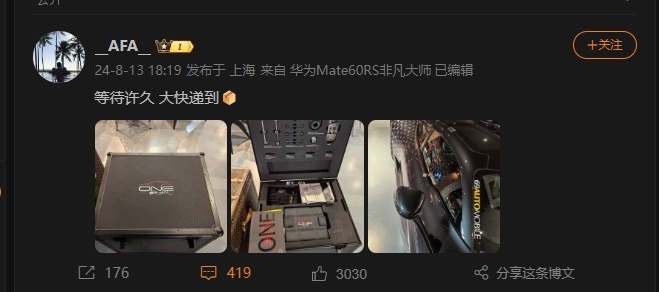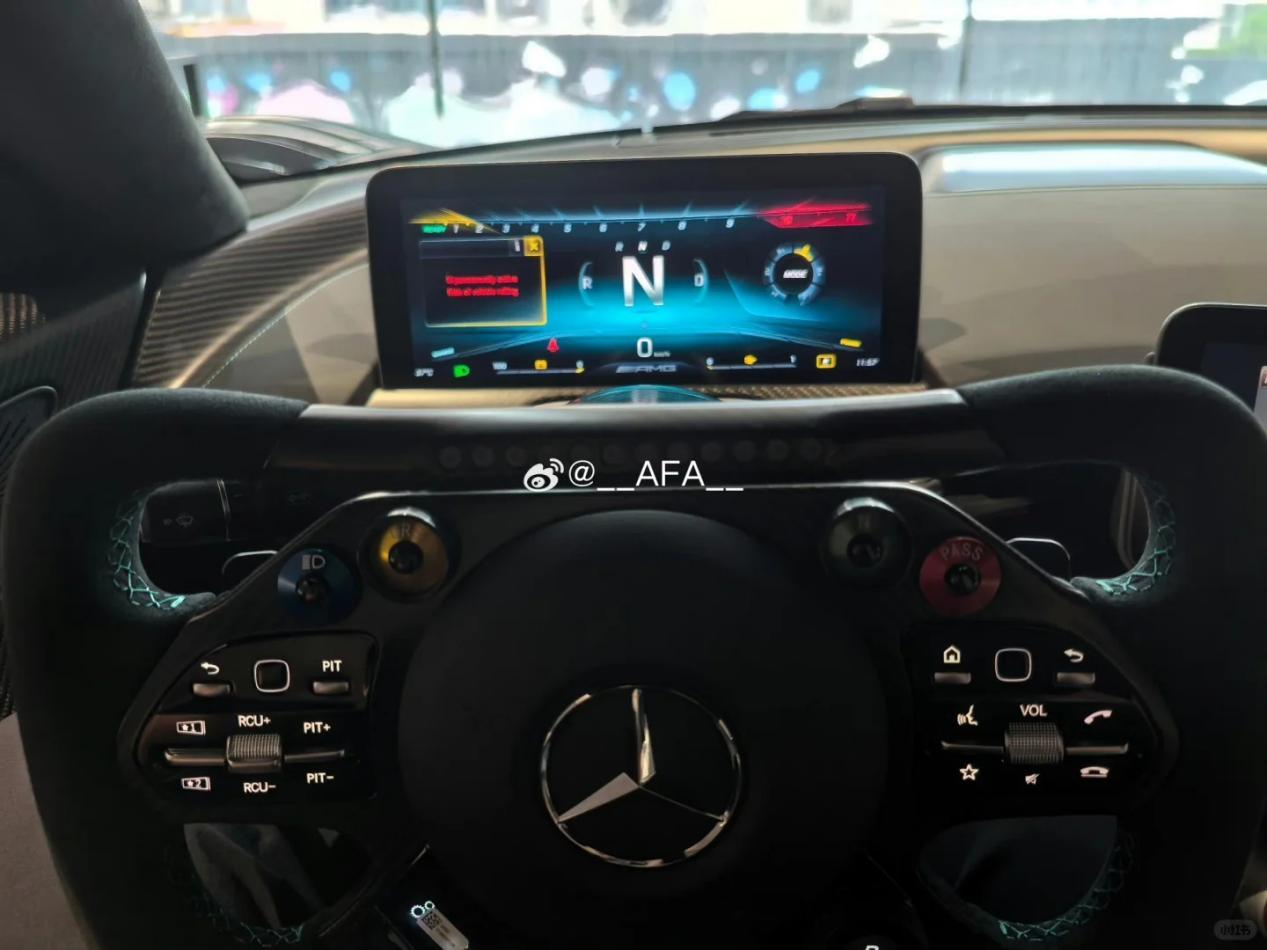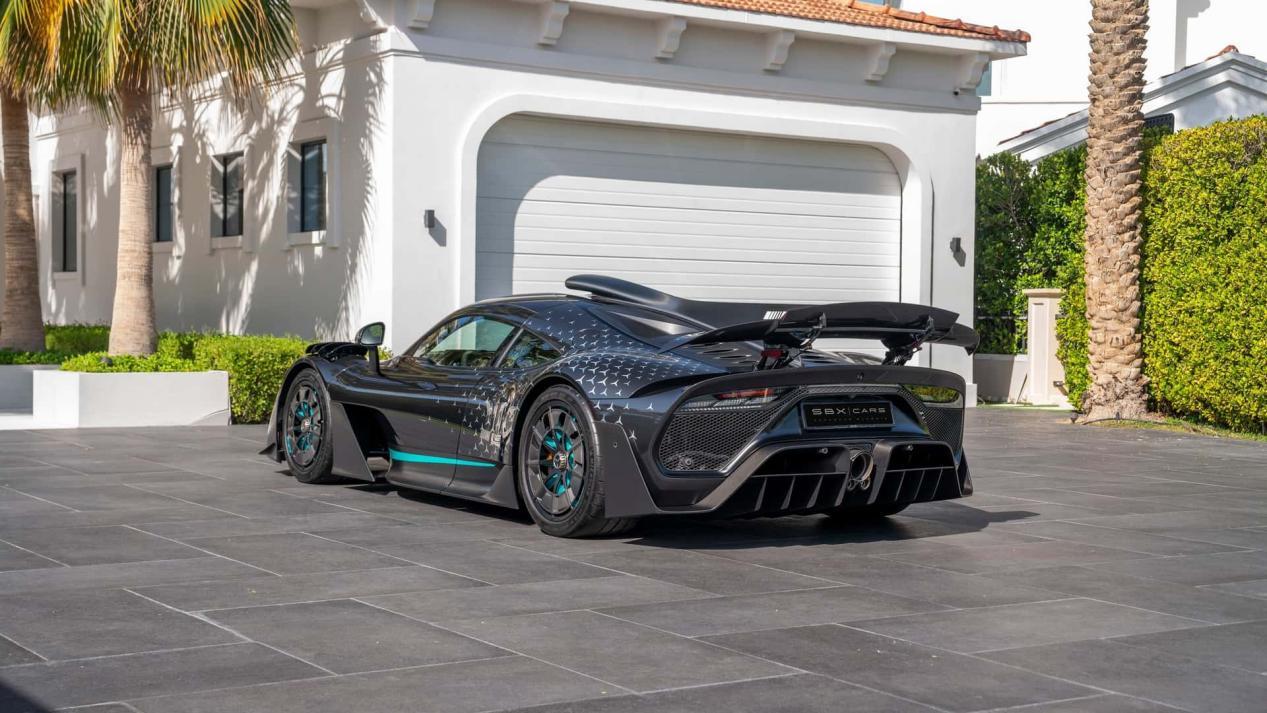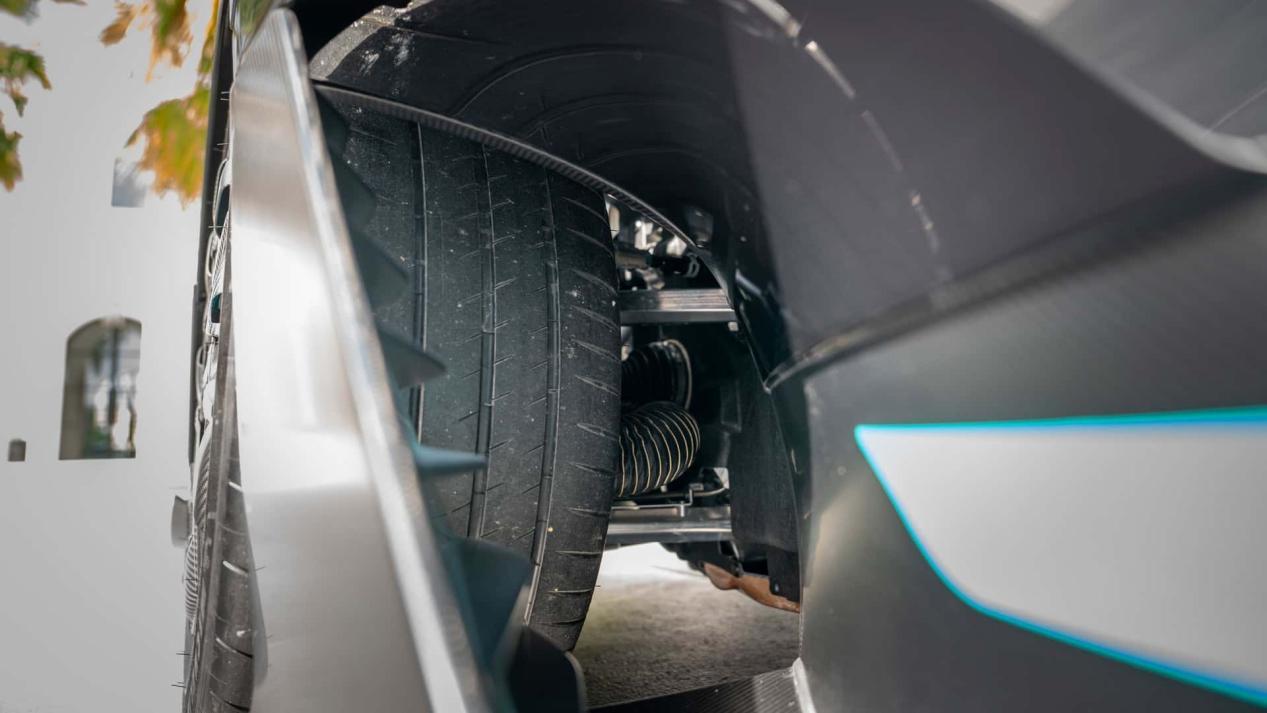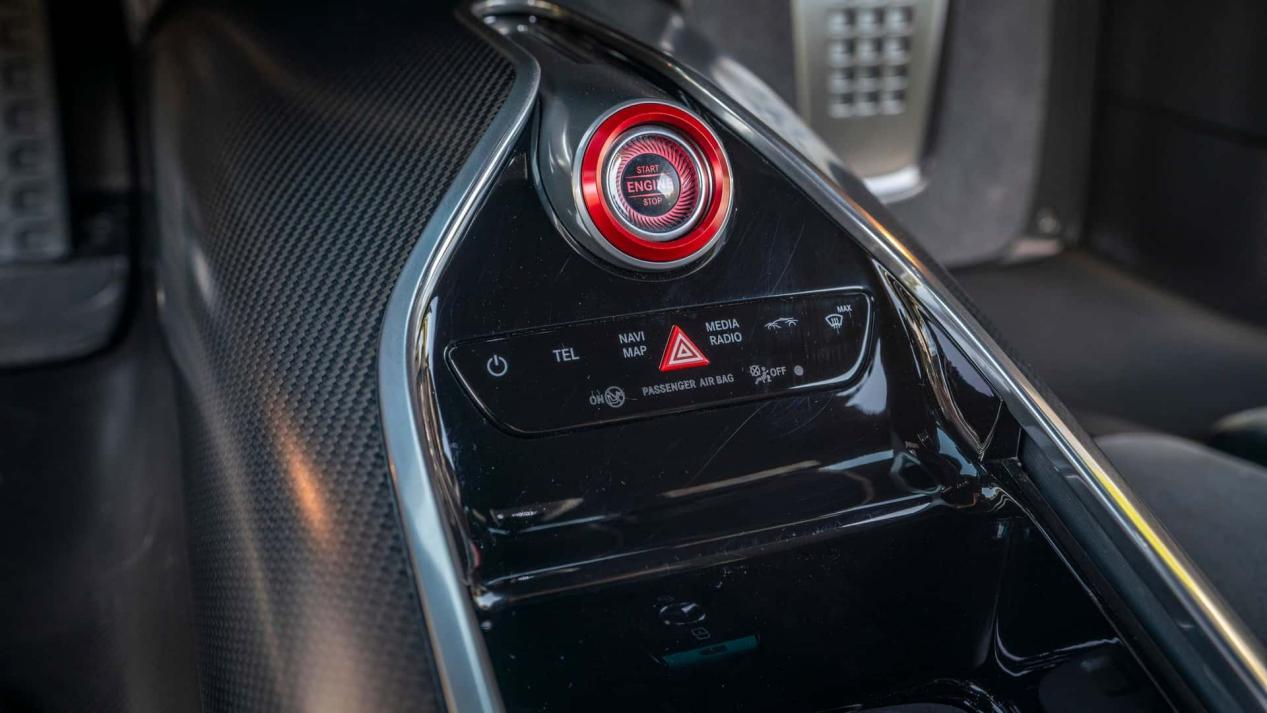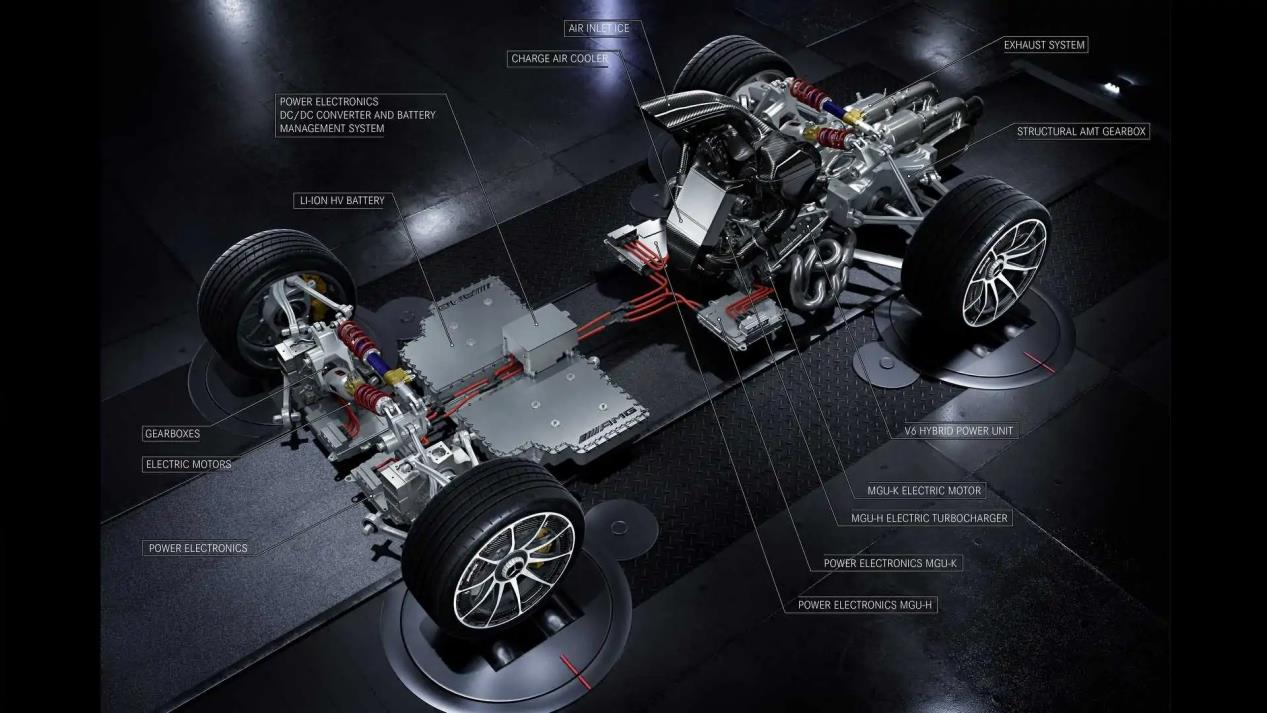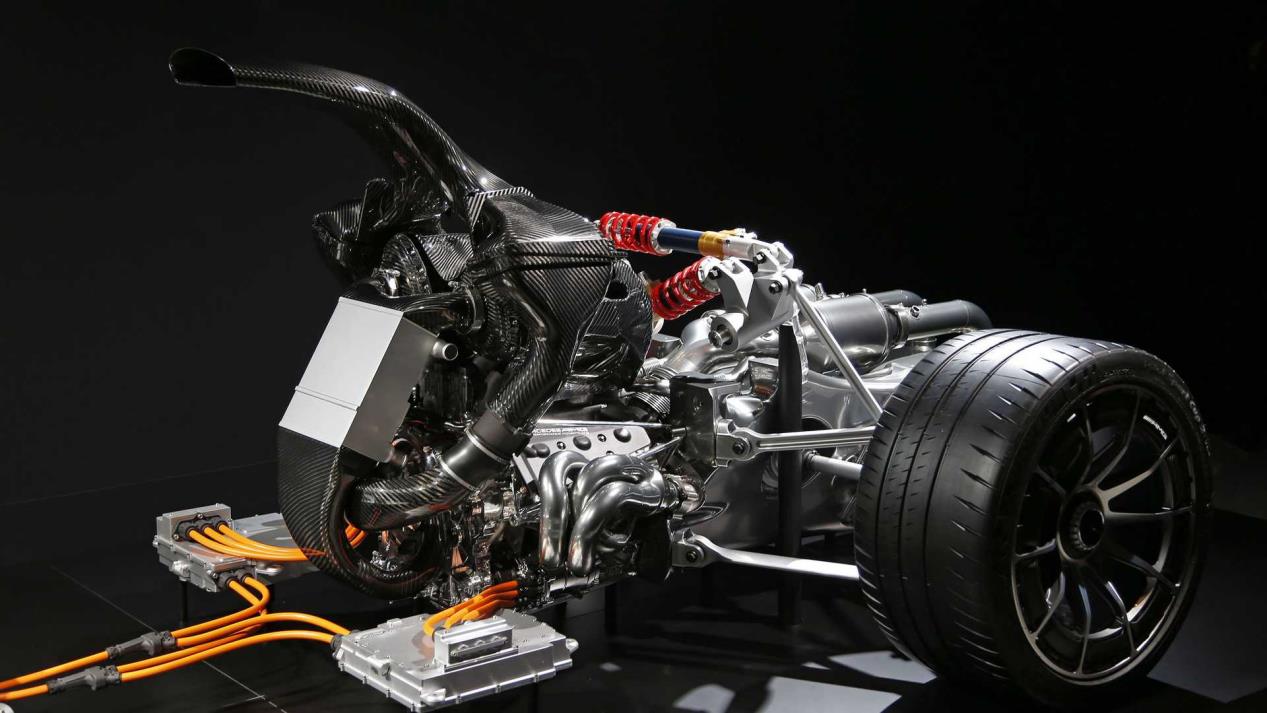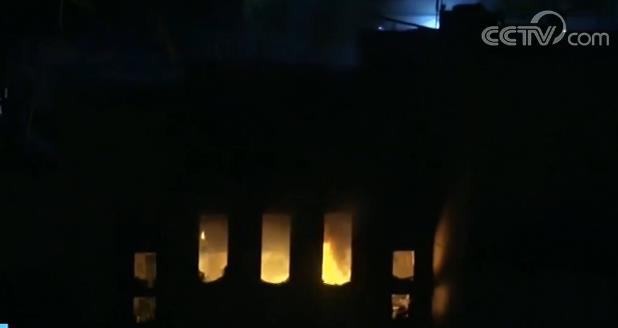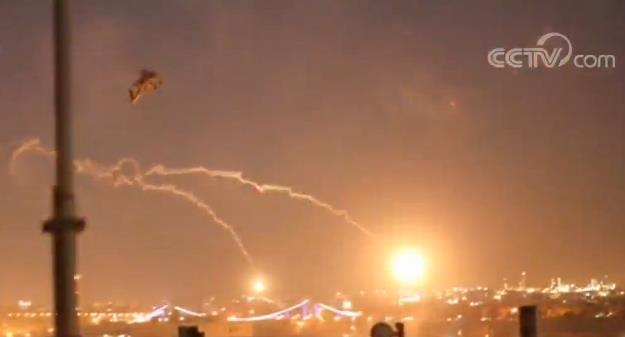
Just as the outside world speculated whether Extreme Vietnam could tide over the difficulties, its new liabilities increased. A "Joint Statement of Extreme Vietnam Automobile Suppliers" was posted on the Internet. According to incomplete statistics, Extreme Vietnam Automobile owes nearly 2 billion yuan to all suppliers. Seeing that the financial hole is getting bigger and bigger, new financing is getting more and more slim.
The farce of the extreme flash collapse is not suddenly exposed.
In November, a news that Jidu (the predecessor of Extreme Vietnam Automobile) laid off 40% of its employees and CFO ran away was widely circulated on social platforms. However, this did not cause a big splash at that time, and the legal department of Extreme Vietnam Automobile also urgently dismissed the above rumors as false statements.
Dramatically, as soon as the front foot was rumored, the back foot was dissolved in place. On December 12, Ji Yue fell into a state of suspension, and CEO Xia Yiping was surrounded by employees at the Shanghai headquarters. Since then, employees and company representatives have started wheel negotiations.
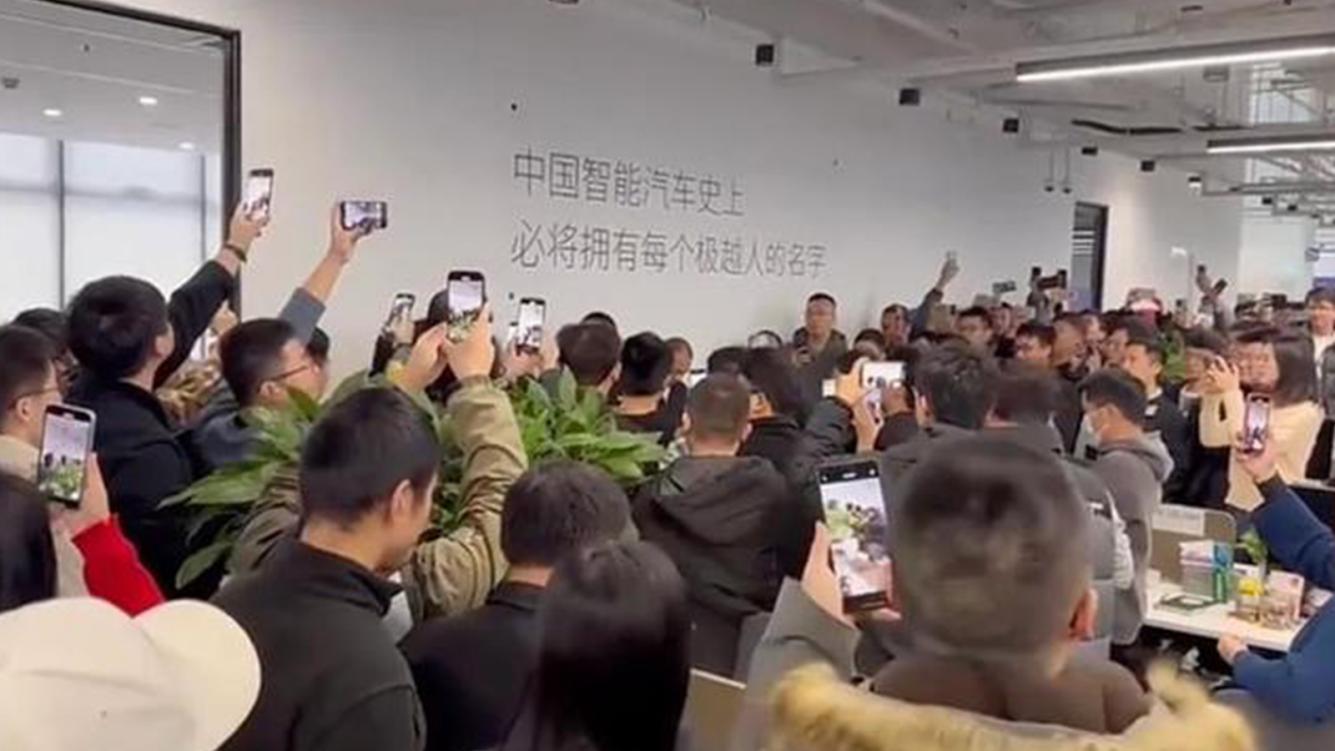
A senior executive of Chaoyue pointed out in the exchange, "In September, we did plan to lay off 1,500 people, but we shelved it because there was not enough compensation in the company’s account." He admits that at that time and even earlier, the management had discovered "Lei".
Why do you still have to step on the accelerator in the end when you know that there is not enough funds on the books to support the normal operation of the company?
We pull our eyes back to the beginning of this year, and the sales volume in the past six months is still around 100 vehicles. An extremely high-level person recalled, "At that time, the market cost of an extremely high-level car was spread out to tens of thousands, and the financial things were well estimated. At that time, we judged that the company’s cash flow would not last until October."
But even so, Jiyue has not slowed down the expansion of offline stores. Because there is no new external financing for a long time, the financial pressure has come to two rich fathers, Baidu and Geely.
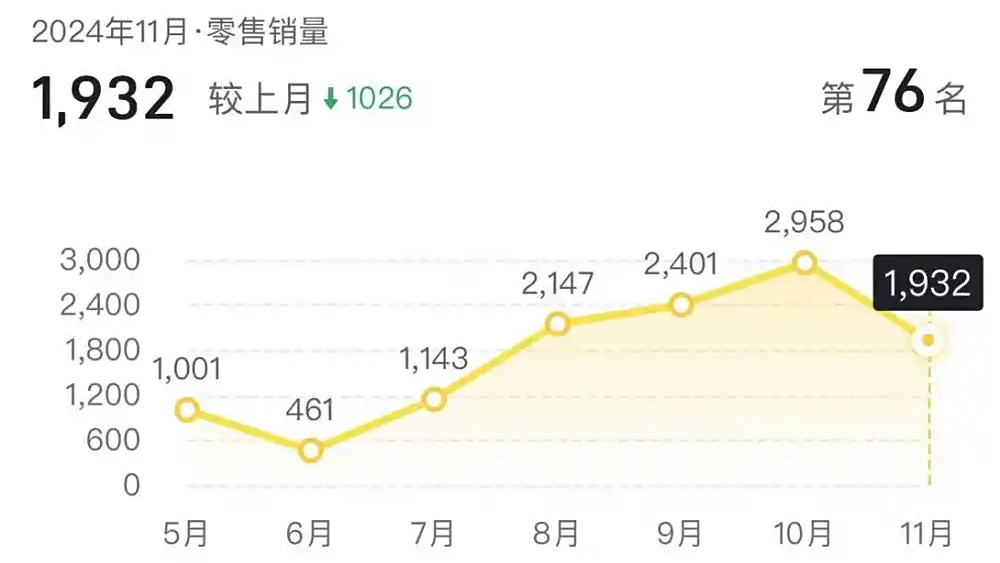
"The board of directors saw that the sales volume was so poor that they didn’t want to spend any more money. So I asked Xia Yiping to sign a military order. If the sales volume in May is still 1,000, Xia Yiping will leave. " An insider of Extreme Vietnam said that relying on various preferential and promotional policies, Extreme Vietnam announced that its terminal sales in May were 1,001 vehicles, which barely "crossed the line".
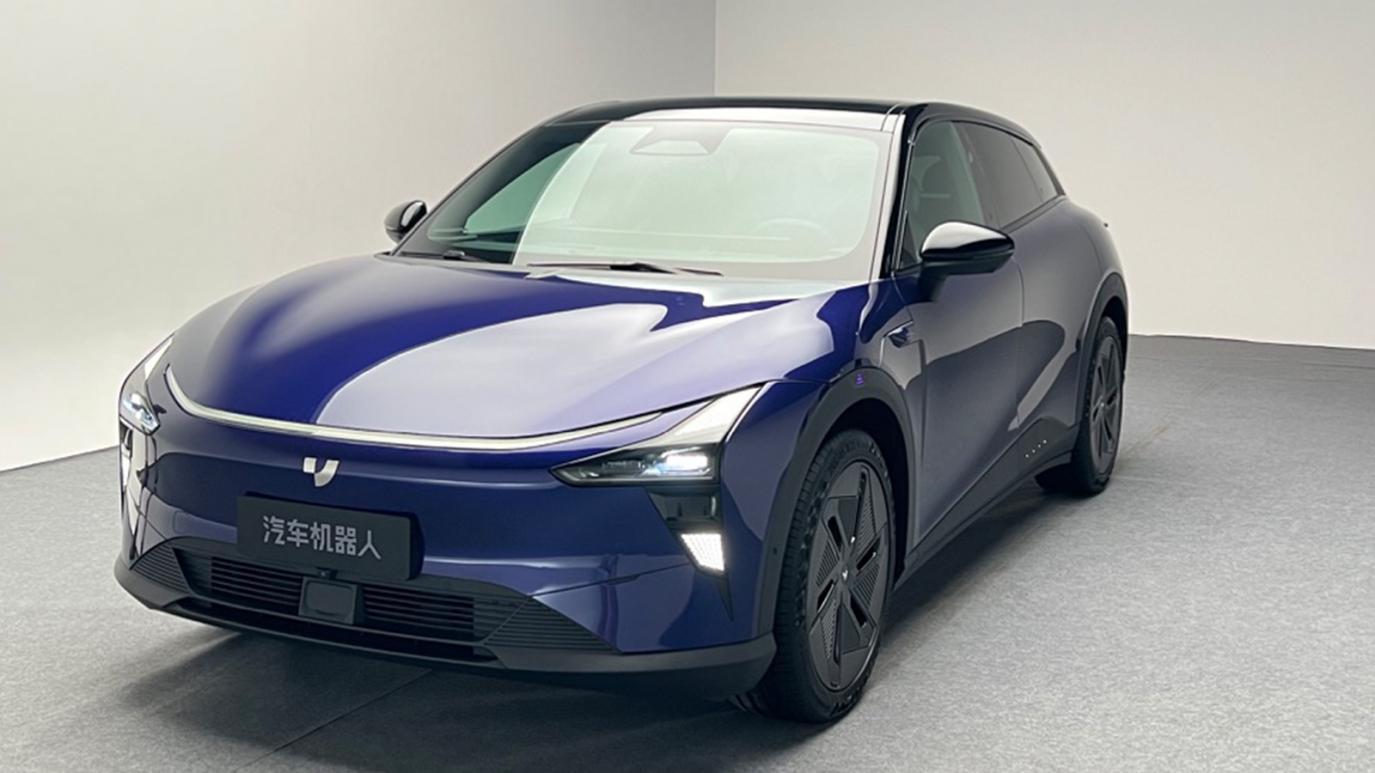
From the perspective of sales volume alone, since July, Extreme Vietnam has basically maintained a sustained growth trend. It is the seemingly positive signals that cover up the real problems. Extremely more like a car that lost its brakes, it accelerated all the way and crashed directly into the cliff. …..
After announcing "dissolution in situ", Xia Yiping, who still insists that "the company has no financial problems", has lost the trust of employees. "On December 14th, Xia Yiping said that he would submit the employee’s compensation plan to both shareholders and feedback the progress at any time. It has been two days, and there is no movement. " An internal employee of Extreme Vietnam revealed.
The sales volume of water injection and the core of disappearance
During the Chengdu Auto Show in August this year, Xia Yiping was once out of control in an interview. He choked and said, "I sold more than 200 units in January, and only more than 100 units in February. I feel very uncomfortable." He admits his sadness along the way. Since the company was founded in 2021, the number of employees has expanded from 3,000 to 5,000, and many things have been hard in the middle.

"At the end of last year, the financial team warned Xia Yiping about the company’s financial situation and asked to stop disorderly expansion." An internal employee revealed that Xia Yiping obviously didn’t listen. In addition to the growing staff size, Xia Yiping publicly stated in October 2023 that he planned to open more than 250 offline stores in 2024. Just one month before the flash crash, Extreme Vietnam also added 11 new stores. According to official data, the number of offline stores has reached 140.
"The boost in sales this year is basically achieved by the terminal price’ breaking a fracture’." According to the above-mentioned internal staff of Extreme Vietnam, in October this year, Extreme Vietnam 01 Huan upgraded its silicon carbide motor. Prior to this, the old model had a similar "clearing inventory" process at the terminal for several months. "In some places, the exhibition car was directly sold."

Although Xia Yiping has repeatedly said in public that there is no way out for copying others, some insiders even revealed that Xia Yiping once boasted of "marketing genius" at internal meetings. However, judging from his series of marketing actions, creating personal IP, live broadcast and other unconventional ways in his view all have strong imitation traces.
According to public reports, Li Yanhong’s evaluation of Xia Yiping is: knowing cars, understanding the Internet, having entrepreneurial experience, technical background, passion and a sense of mission, and he is a very suitable and rare candidate. Judging from Xia Yiping’s past resume, he can hardly be called an "expert".
"Maybe because of Xia Yiping’s own cross-border background, many people who have no experience in the automobile industry have joined this company." The internal staff of Extreme Vietnam revealed. Some internal employees even described "Xia Yiping is biased against professionals in the automobile industry", which also led to the lack of people who really understand the automobile industry in the management.
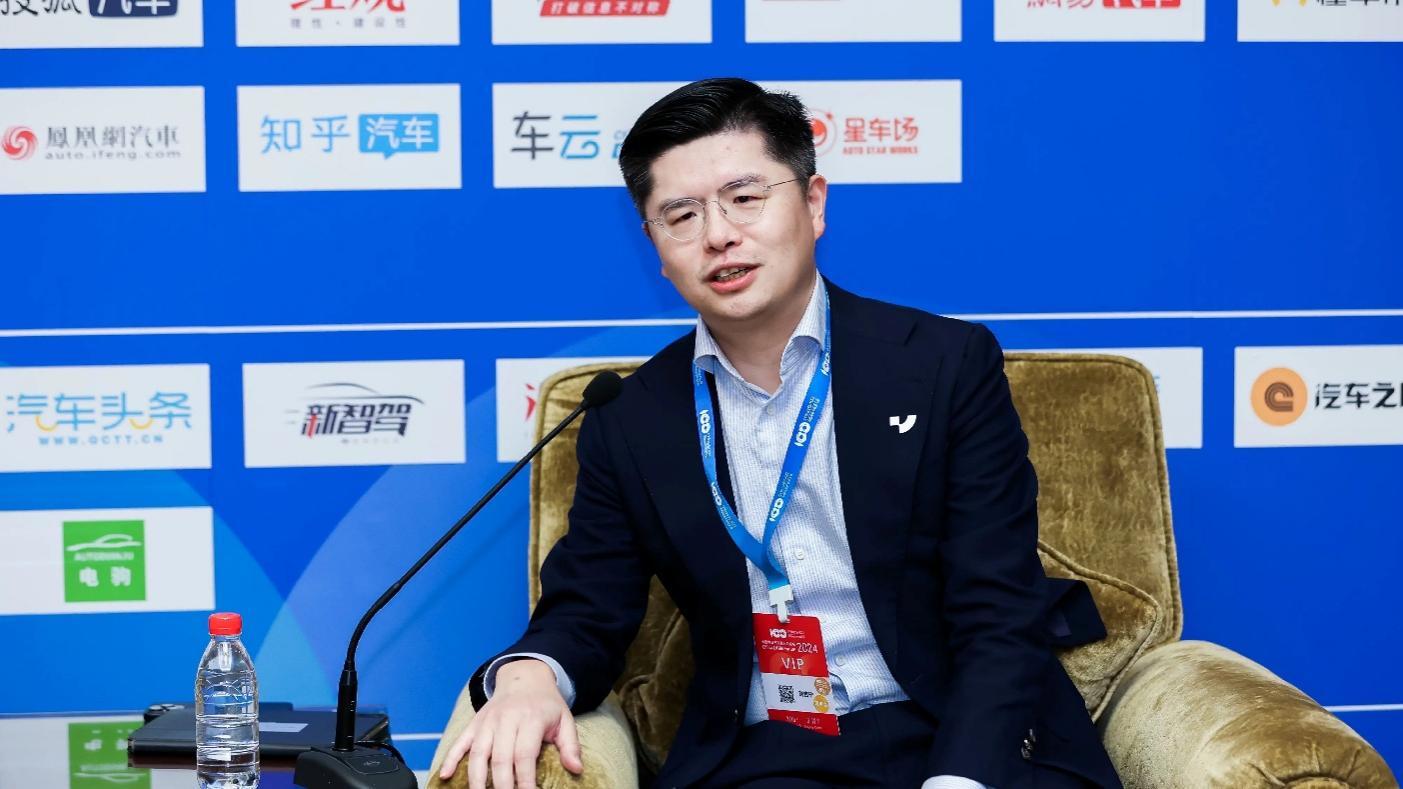
Before the company collapsed, CFO Liu Jining had retreated first. Some media reported that Liu Jining did not run away with money from the Internet, but offered to leave in October. The personal signature of its internal communication software still stays, and tactical efforts can’t cover up strategic mistakes.
An insider recalled that it was not only CFO Liu Jining who became a mystery at that time, but also Wang Yong, the person in charge of the vehicle engineering. "Before the flash crash, the company decided not to develop new cars, and Wang Yong rarely appeared in the company."
This is not a natural disaster, but a man-made disaster.
It has been publicly reported that the main reason for the extremely rapid collapse is Baidu’s divestment, and the main reason for Baidu’s divestment is to find a financial hole that is as high as several billion yuan.
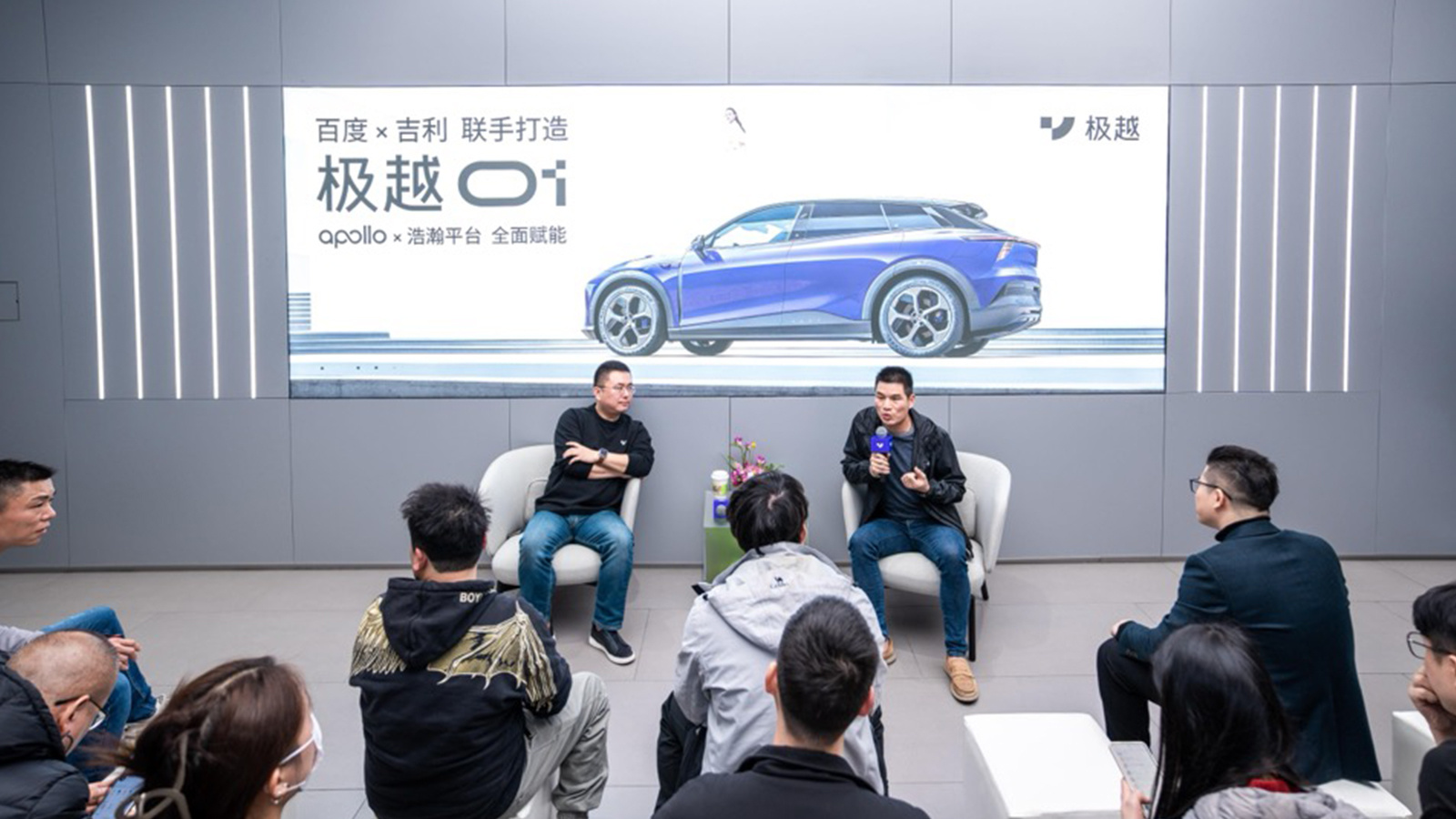
Wang Yunpeng, vice president of Baidu Group and president of Intelligent Driving Business Group, recently publicly stated that Baidu will be responsible for the technical support of extremely intelligent driving and map navigation. As a technology provider, Baidu Apollo provides pure vision ASD intelligent driving scheme and lane-level navigation map for Extreme Vietnam. According to Baidu insiders, the annual maintenance cost of the system is at least tens of millions of yuan.
Xia Yiping said that his strategic mistake was that he did not foresee the seriousness of the funding problem. Is this really the case?
Some media reported that at the board meeting in August this year, both shareholders discussed whether Baidu still needed to invest in Extreme Vietnam, but Baidu executives did not make a clear statement. At the end of 2023, Extreme Vietnam has reported a loss of 7 billion yuan in 2024 to Baidu.
A very high-level official revealed, "The salary of the whole company is about 160 million yuan a month. For such a big company, there is actually no 200 million or 300 million cash in the account. Since a complete financial statement is submitted to both shareholders every quarter, both shareholders are aware of the extreme financial situation. " He said that Geely used its own factory to contract for Jiyue, and Jiyue still owed a lot of money.
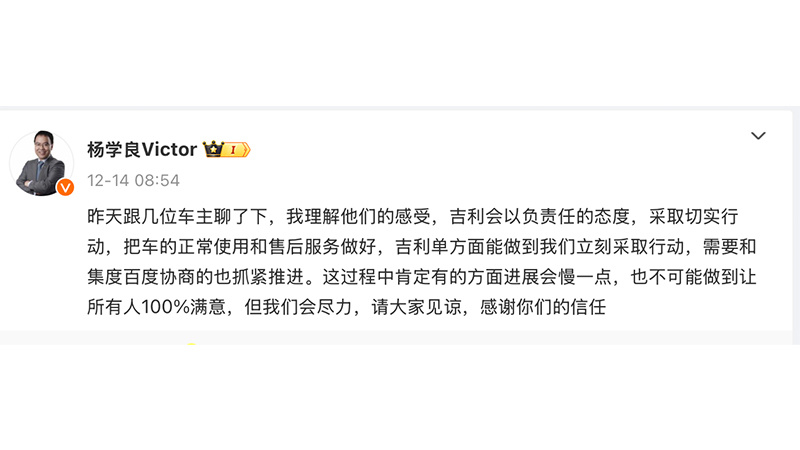
In other words, both Xia Yiping and shareholders have long been aware of this huge financial hole, but all parties have their own abacus.
The above-mentioned extremely high-level speculation, Geely has always been willing to cooperate, because it thinks that Baidu will be at the bottom, and Xia Yiping thinks so. He revealed that before the thunderstorm, Extreme Vietnam used various forces to put pressure on Li Yanhong, hoping that Baidu could lend a helping hand to continue investing, but Li Yanhong did not express his position.
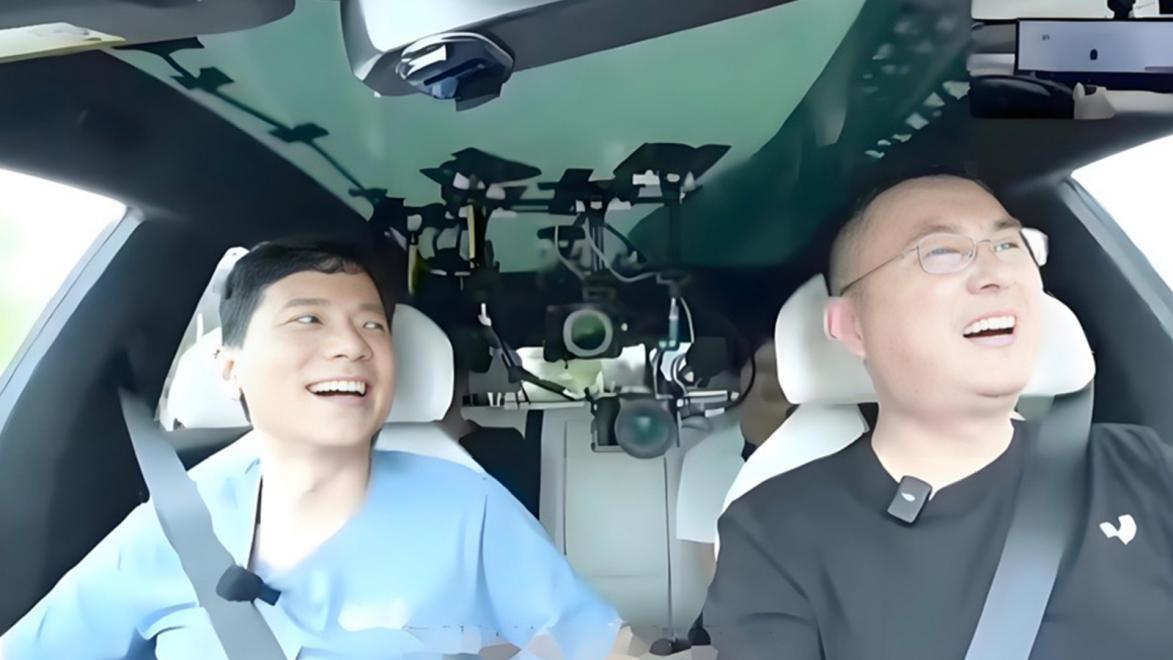
"The board of directors has to approve all financial expenditures in a fiscal year. Xia Yiping can approve 20 million yuan himself. If it exceeds this amount, it needs the approval of the board of directors." The above-mentioned executives pointed out that Xia Yiping said when mediating with employees, "It is not up to you to decide the resolution from the board of directors."
Xia Yiping’s statement is true, but it is not completely correct. Except for such major matters as the announcement of dissolution, the CEO has the final say in the daily affairs of the company. Directors appointed by shareholders generally do not actually participate in the daily operation and management of the company.
If Xia Yiping is only a mistake in his reflective employment and management style, then as a professional manager, he can only be criticized as incompetent or incompetent.
However, Xia Yiping defined himself as an "entrepreneur". This entrepreneur not only never allowed the company to achieve self-hematopoiesis, but also relied on two rich fathers and always relied on external support. Even in the last critical autumn, all I can do is tell everyone, "I have worked hard."
According to an insider, Xia Yiping’s main task at present is financing, and he is actively contacting investors for help. However, how attractive the ecological story of "AI+ vehicle manufacturing" is in 2024 needs a big question mark. What’s more, today is different from the past, and there is not so much hot money pouring in the field of smart electric vehicles.
Liu Jining felt before leaving the pole, and tactical efforts could not cover up strategic mistakes. In fact, the biggest strategic mistake of Extreme Vietnam is that a professional manager like Xia Yiping was placed in the position of an entrepreneur. Ironically, when the company completely collapsed, Xia Yiping still claimed to be an "entrepreneur".


